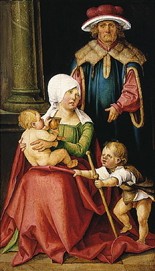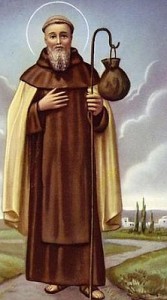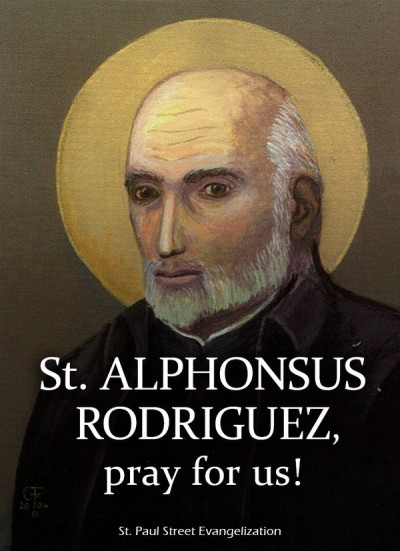 St. Alphonsus Rodriguez (1533-1617)
St. Alphonsus Rodriguez (1533-1617)
Image Courtesy: St. Paul Street Evangelization
(America Magazine) Alphonsus had come to the ‘Society of Jesus’ by a circuitous route. Born in Spain Segovia, Alphonsus was the second son of a prosperous cloth merchant. When St. Peter Faber (Favre) one of the original Jesuits visited the city to preach, the ‘Rodriguez Family’ provided hospitality to the Jesuit Priest Fr. Faber, who would help prepare the young Alphonsus for his First Communion.
At the age of 12 Alphonsus was sent to the Jesuit College at Alcala but his father’s death, put an early end to his studies and he was sent back home to take over the family business. — At the age of 27, Alphonsus would get married, he and his wife Maria would have three children (two died during infancy) one child survived according to SQPN but would later die, together with his wife Maria. Heavy taxes and expenses led Alphonsus to the brink of financial ruin. Many biographers depict him as feeling like a failure in life.
In his desperation Alphonsus called on the Jesuits for help and guidance–the lonely Widower prayed for many years to understand God’s desire for him.
Gradually Alphonsus found within himself the desire to become a Jesuit. At the age of 35 he was deemed to old to begin the long training for the Priesthood and besides lacked the education required according to SQPN and was rejected for entrance but Alphonsus’ holiness was evident to the local Provincial who accepted him into the Novitate as a Brother two years later–he stayed there for only 6 months before being sent to the Jesuit school in Spain Majorca in 1571 where he assumed the duties of porter/doorkeeper.
Each time Brother Alphonsus would open the door he said to himself, “I’m coming Lord.” — This practice reminded him to treat each person with as much respect as if it were Jesus Himself.
In 1605 Peter Claver then a 25 yr old Jesuit Seminarian (he would later be Canonized, St. Peter Claver Feast Day: 09 September) met the humble 72 yr old Brother Alphonsus at the college. The two would meet almost daily for spiritual conversations and in time, Alphonsus would encourage the young Peter Claver, to consider working overseas as a Missionary to the Spanish colonies.
This prospect thrilled Peter, who wrote to his Provincial for permission and in 1610 now a Priest, was sent to Cartagena (a port city) present day Colombia, to work with the West African Slaves (slavery was repeatedly condemned by Pope Paul III during the previous century) which had been captured and imprisoned by Slave Traders and shipped to South America.
Brother Alphonsus humbleness and holy life he led, attracted many to him. While his life as a doorkeeper may have been humdrum, he caught the attention of Poet and fellow Jesuit Gerard Manley Hopkins (1844-1889) who made St. Alphonsus Rodriguez the subject of one of his poems.
St. Alphonsus Rodriguez died on this date in 1617 he was Beatified in 1825 by Pope Leo XII and Canonized in 1887 by Pope Leo XIII
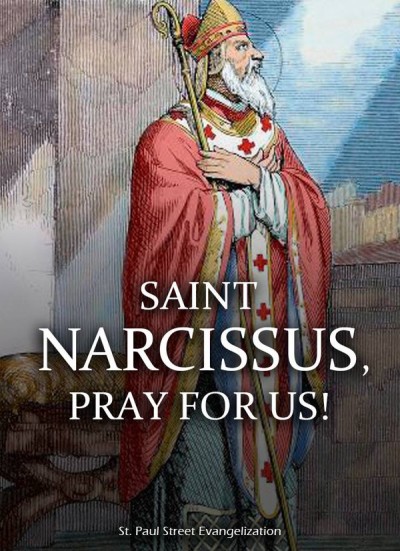 St. Narcissus of Jerusalem (99-215)
St. Narcissus of Jerusalem (99-215)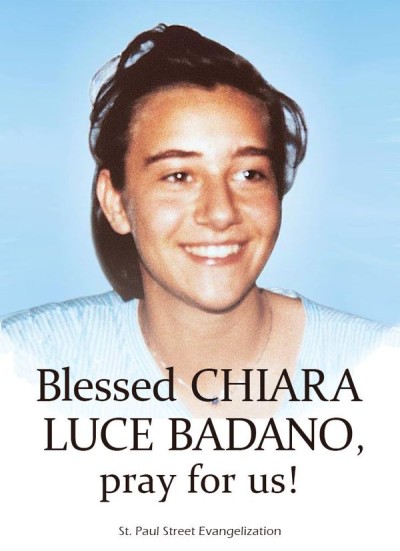 Blessed Chiara Luce Badano (1971-1990)
Blessed Chiara Luce Badano (1971-1990)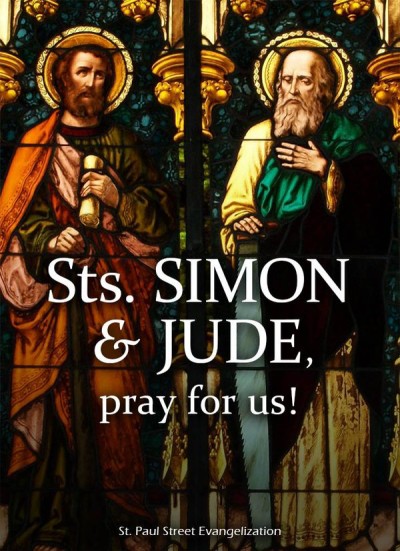 Saint Simon the Apostle and Saint Jude Thaddeus
Saint Simon the Apostle and Saint Jude Thaddeus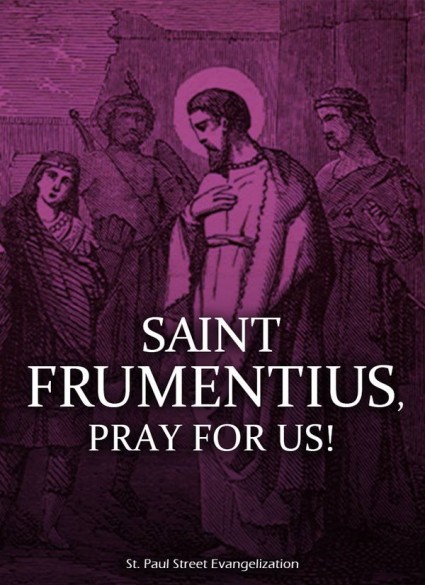 St. Frumentius –Image: St. Paul Street Evangelization
St. Frumentius –Image: St. Paul Street Evangelization 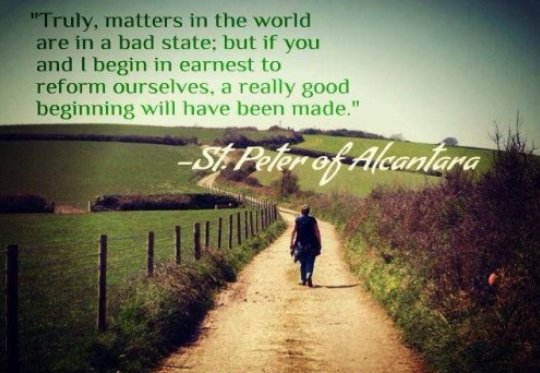 St Peter of Alcantara (1499-1562)
St Peter of Alcantara (1499-1562)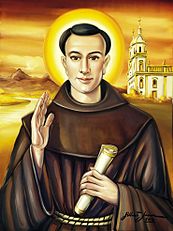
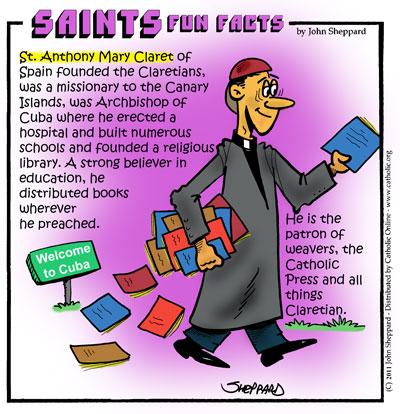 St. Anthony Mary Claret (1807-1870)
St. Anthony Mary Claret (1807-1870)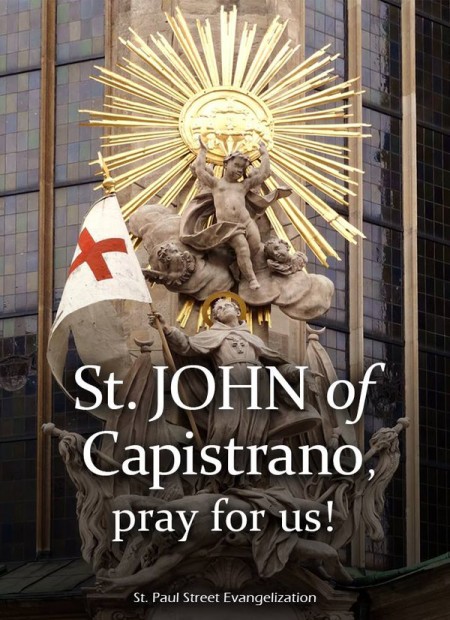 St. John of Capistrano (1386-1456)
St. John of Capistrano (1386-1456)